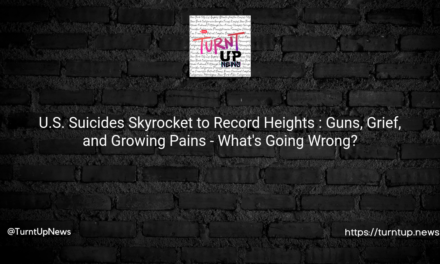🚨Abortion Rights Flip Leaves OBGYNs 🩺😥, Mother Mortality Rates 📈: The Roe Effect 🕊️
TL;DR;
🌎 A survey of OBGYNs conducted by KFF reveals a majority believe the summer repeal of Roe v. Wade is linked to higher rates of maternal deaths 🤰💀. The controversial Dobbs v. Jackson Women’s Health Organization decision placed abortion rights back into the hands of individual states, leaving 15 states to halt most abortion services ⛔. According to the survey, pregnancy mortality and racial inequities have increased, the appeal of the medical field for new doctors has decreased, and OBGYNs in abortion-banned states feel restricted in providing standard care 🏥.
The story begins with the striking decision last summer by Dobbs v. Jackson Women’s Health Organization 🏛️, effectively overturning Roe v. Wade and shifting the power to regulate abortion back to the states. This move, as controversial as it was unexpected, led to 15 states putting a stop to almost all abortion services. 👀 Why, you ask? Good question. 🤔
So KFF wanted to dig deeper into this development, and they surveyed around 570 OBGYNs between mid-March and mid-May of this year. These are the doctors who spend the majority of their working hours with patients 👩⚕️👨⚕️, so their perspective is a crucial one.
A staggering 64% of those surveyed felt that the ruling had worsened pregnancy mortality rates ⚰️. Even worse, 70% believed it had amplified racial and ethnic inequities, and over half stated that it had deterred new doctors from joining the field 📉.
Around 55% of OBGYNs in states where abortion is now banned reported their ability to deliver standard care had taken a nosedive. And, about half the OBGYNs in such states reported their patients were unable to obtain abortions, compared to just 25% nationwide 😟.
If you think the situation can’t get any more disheartening, hold on to your hats 🎩. Miscarriage care, an essential component of pregnancy healthcare, has been negatively affected as well. Four in 10 OBGYNs in restricted states reported facing constraints caring for patients experiencing miscarriages and other pregnancy-related emergencies 🚨.
It’s not all doom and gloom, though, with the survey also revealing an interesting trend: a rise in patients seeking contraceptives, specifically long-term and permanent forms of contraception. About 47% of OBGYNs reported an increase in patients seeking IUDs and 43% in those seeking sterilization 📊.
In contrast, the provision of emergency contraception methods in states where abortion is banned seems to be falling short. The report paints a worrying picture of not only abortion being inaccessible but also a limited provision of certain emergency contraception methods in these states 🚫💊.
Now, let’s talk about the OBGYNs themselves. More than four in 10 expressed serious concern about their own legal risk when making decisions about patient care and the necessity of abortion. That number rises to almost 60% for OBGYNs practicing in states with gestational limits or outright abortion bans 😨.
This shocking survey begs the question: Is the overturning of Roe v. Wade creating a healthcare crisis for pregnant individuals in America? 👩🤰🇺🇸
And on a broader scale, is this shift in policy and resulting fallout undermining the critical work of our OBGYNs and the quality of care available to patients?





